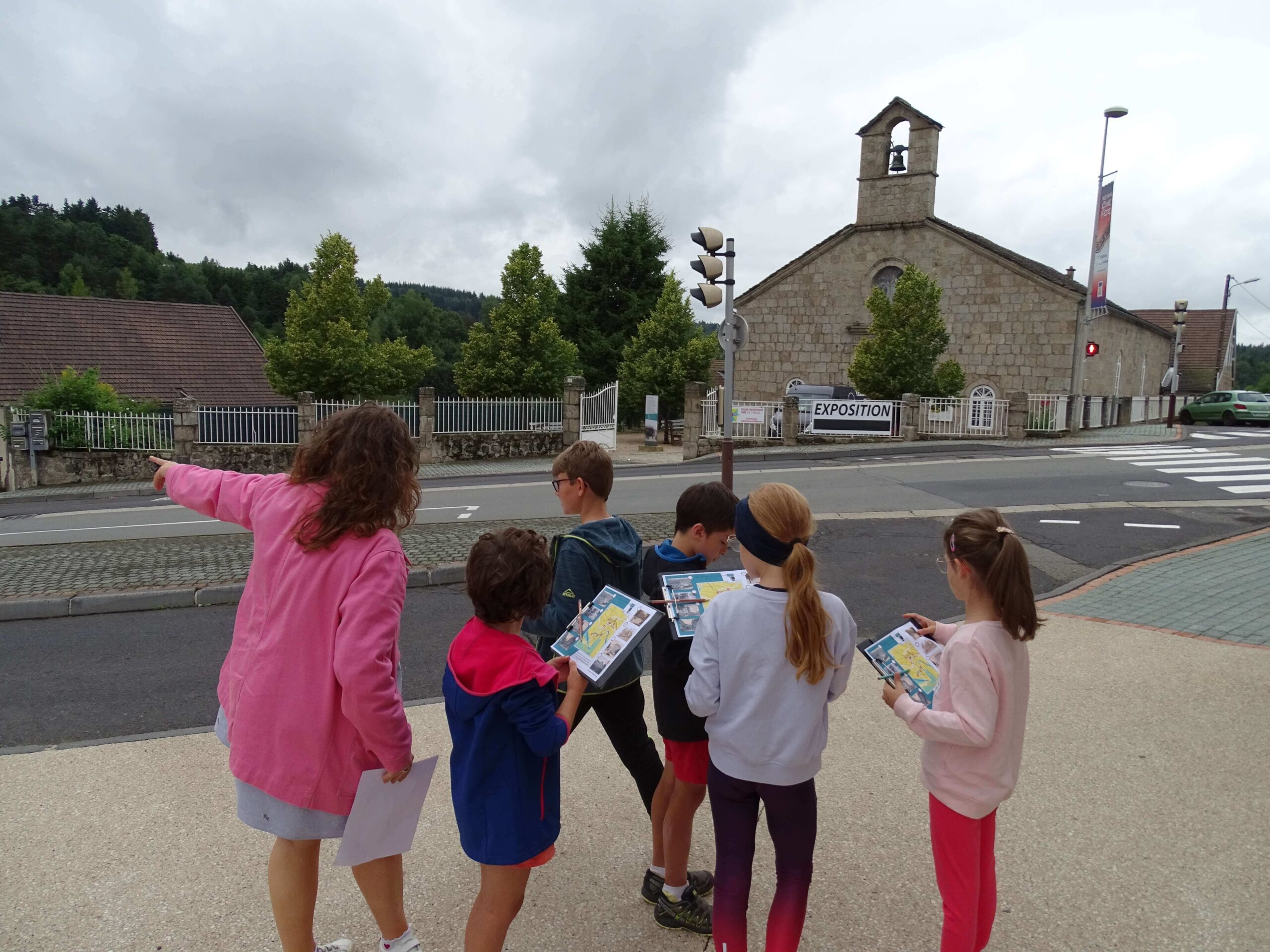This website uses cookies so that we can provide you with the best user experience possible. Cookie information is stored in your browser and performs functions such as recognising you when you return to our website and helping our team to understand which sections of the website you find most interesting and useful.
Lieu de Mémoire in Le Chambon-sur-Lignon



The EHL Site
The Lieu de Mémoire in the Chambon-sur-Lignon opened in 2013 after three years of construction. Its aim is to share the local history of recue during the Second World War. The memorial was created by the municipality to transmit a local history and heritage.
It offers different services according to its cultural programme each year. This program can offer guided tours including with specific themes, conferences, live shows, showing of films linked to the war, readings around an exhibition or a commemorative event, adapted activities for children (board games to explain local history pedagogically, group activities based on specific subjects, outdoor visits, …). To be adapted to a wide audience, the Memorial welcomes schools, high schools, and higher education. In this way, an educational booklet summarizing all the activities adapted to each level is suggested to the teachers.
For the groups of visitors of 10 people or more, the museum can organise a guided tour by reservation.
- 2010-2013: Project and the museum’s construction
- 2013: Official opening of the museum managed by the town hall
- 2019: The Lieu de Mémoire becomes an EHL site
- 2020: The museum is managed by the Shoah Memorial in Paris
European dimension
Our Mémorial is dedicated to the history of resistance in Le Chambon-sur-Lignon and the surrounding villages during the Second World War. On this territory that we call the “Plateau”, located between Haute-Loire and Ardèche, the inhabitants welcomed and saved many persecuted people, especially Jews. A large scale rescue took place in the farms, boarding houses and children’s houses of this territory. This engagement of the population to save the persecuted ones can be explained with the history and the traditions of the territory.
The History itself of the Plateau allows to explain the statute of the Lieu de Mémoire as an EHL Site. The large scale rescue that took place on this territory is a universal subject. This subject can touch everyone and can be comprehended by everybody. It’s not just the French History, it concerns the History of the Second World War, so a larger theme. Moreover, refugees from all around Europe came here to flee the war or the anti-Semitism danger. They were able to do that thanks to certain rescue networks from different places in Europe. Many European countries helped by providing funding. More than the topic of the Second World War, the memorial talks also about the history of other EU countries in link with the territory. For example, all the Spanish people who flee the civil war of their country between 1936-1939, which some of them found a little bit of peace on the Plateau.
Through the topic that the museum covers, approximatively all EU values are promoted, especially human rights. The Lieu de Mémoire contributes and talks about the significance of the mutual respect among peoples.
The organization
The Memorial of the Chambon-sur-Lignon is a museum managed by the Shoah Memorial, a Foundation that is Europe’s largest research, information and awareness centre on the history of the Jewish genocide during the Second World War
Each year, the Memorial of the Chambon-sur-Lignon suggests a rich program: temporary exhibitions, conferences, screenings… These events allow the visitors to go into the themes related to the Second World War, the Holocaust, the resistance and local history in depth. Since 2013, 8 temporary exhibitions have been organized in the museum.
Our museum has a permanent exhibition which is completed by a specific room where the visitors can listen some testimonies of local saviors and saved people.
The museum offers also an educational programme and therefore carries out many actions with students, adapted to different ages and levels. Through various group activities and particular guided tour, youngers and adolescents can comprehend certain themes in link with the Second World War.
